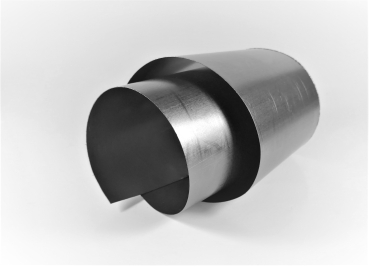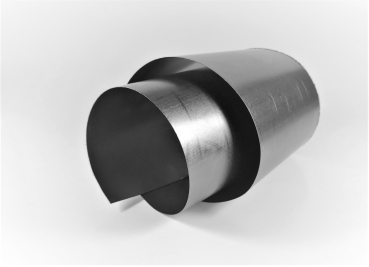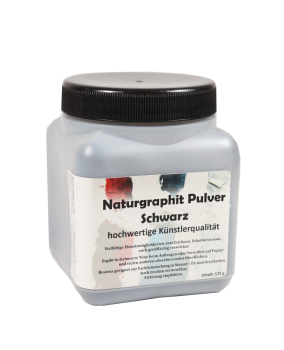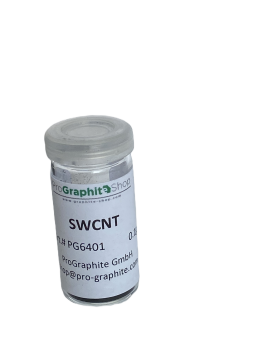Product recommendation
Welcome to the web-shop of the ProGraphite GmbH
Your specialist for natural graphite as well as other carbons
ProGraphite GmbH is specialized in the multifaceted and interesting raw material graphite. The range of our product and service spectrum covers consulting-services starting from the evaluation of graphite deposits, further technology consultancy for graphite companies as well as sophisticated research issues as e.g. in the fields of „carbon material for lithium-ion-batteries“. Furthermore ProGraphite GmbH also trades in graphite and other carbons. Additionally we run a well-equipped laboratory, where a variety of quality research can be done.
Further information can be found on the homepage of ProGraphite GmbH.
New product
Properties & structures of graphite
Natural graphite is an industrial mineral and occurs frequently on earth, especially in China, India and Brazil. It is moined in large quantities both in open-cast and underground mines. Its name is derived from the Greek word γράφειν (graphein) for writing. On paper or other rough surfaces, graphite leaves a gray deposit due to abrasion of the individual flakes. Therefore, graphite is still used in pencils today. Graphite is an allotropic modification of the chemical element carbon. In most cases, graphite crystallizes in the hexagonal crystal system. The mineral forms opaque crystals with a dark gray to black coloration. The resulting shapes are either hexagonal, tabular, scaly or stem-like. The crystal surfaces also ahve a visible metallic luster. In contrast granular or massive ("amorphous") graphite tends to be matt.
There are essentially three different types of natural graphite:
- Microcrystalline („amorphous“) graphite, which was mainly formed by metamorphosis of coal; it is used for simple applications such as carburization.
- Flake graphite (macrocrystalline graphite), the most economocally significant form of natural graphite, was formed by the metamorphosis of primeval (Proterozoic) organic carbon deposits. Flake graphite has a wide range of applications due to its versatile processing possibilities and unique properties.
- Vein graphite (also known as Sri-Lanka graphit ), was formed by the deposition of fluidized carbon in crystalline form in veins. Due to the low quantities mined, vein graphite is only used as a niche product in special applications such as carbon brushes.
Graphite can also be produced artificially. By heating suitable carbons, e.g. petroleum coke, to over 2500°C in the absence of oxygen, the carbon atoms rearrange themselves to crystalline form. Synthetic graphite is produced in large quantities, e.g. for the manufacturing of electrodes for steel production.
Graphite applications
Graphite is characterised by high temperature and thermal shock resistance. This is why graphite is used in many areas of refractory technology, e.g. in crucibles. Graphite is also chemically resistant, electrically conductive and lubricious, hence it is used for many purposes in industry. Applications for graphite flakes include the production of batteries, seals, paints, foils, catalysts, paints and refractory bricks. Graphite is also used in the manufacture of pencil leads and is highly valued by artists. Natural graphite flakes and synthetic graphites are an alternative to asbestos in the production of brake and clutch linings. Graphite is used as a lubricant and release agent, particularly in high-temperature applications such as metal forming (forging) or foundries.
Natural graphite can be processed in many ways. Sifting flake graphite produces graphite flakes and graphite powder. Graphite powder or micronized powder is obtained by grinding. The flakes can be rounded using special processes, this is known as sperical graphite, which is used in lithium-ion batteries, for example. the carbon content of natural graphite can be increased to extremly high purities through flotation, chemical or thermal processes. .
Graphite powder for artistic purposes
In the ProGraphite store you will find high quality natural graphite poweders for artists, especially for graphic artists. The products were developed in close cooperation with an artist. Their high quality makes them ideal for shading and drawing. The graphite powders adhere to a wide variety of surfaces and paper types. Pure graphite powder enables the user to create large-scale drawings and spatial designs. It is also posible to work out different lighting conditions and shadow effects, both in pictures and in portraits and sketches. The creation of metallic-looking surfaces when coating sculptures with graphite powder is also impressive. In powder form, graphite can be processed with water and other binding agents and can be mixed with numerous types of paint, including acrylic and oil. Thanks to its wide range of applications in sketching and drawing and its quality characteristics, graphite powder has established itself as an indispensable basic material for artists. You can find gray and black artist's graphite in the ProGraphite store. .
Characteristics & applications of expandable graphite
Expandable graphite is produced using a chemical process: Foreign moleculares are intercalated between the graphite's graphene layers. This 'intercalated' graphite is called expandable graphite. If expanded graphite is exposed to high temperatures, the embedded foreign molecules are suddenly expelled, the graphene layers are greatly expanded and so-called expanded graphite is produced. If the expanded graphite is pressed, foils, sheets, packaging etc. can be produced. These are mainly used as seals, but also as electrical and thermal conductive foils. Unexpanded graphite is often used for flame protection. If expanded graphite is heated to a high temperature, it expands considerably. It forms a protective and gas-impermeable layer on the hot surface and thus prevents the flames from spreading. Expandable graphite is used as a non-toxic halogene-free flame retardent, e.g. in PU foams (e.g. matresses in hospitals), in special coatings and other flame retardent systems.
Foil plotter
Our portfolio also includes computer-controlled cutting of (graphite) foils according to customer specifications.
With our plotter we can cut (graphite) foils up to 0.5 mm in thickness. For simple designs, we can also cut foils up to 1 mm thickness. It is also possible to cut shapes from conductive foils.
The maximum foil size is 775 x 1060 mm. DXF files are required for processing. If only other file formats are available, these may have to be converted to DXF format for a fee.

















